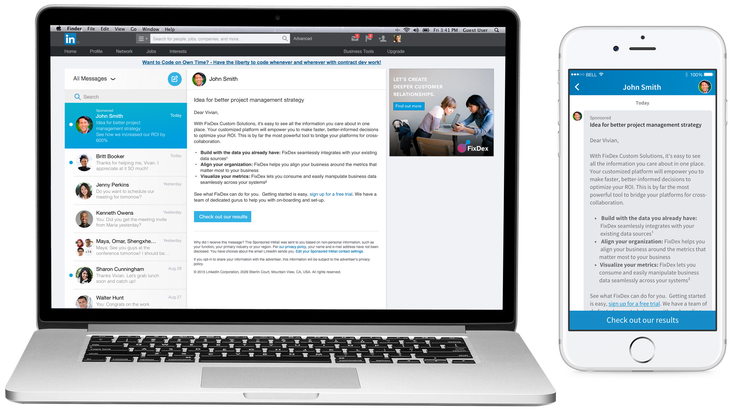
How much you’ll get depends on the plan but varies between 5 and 150 credits per month. Once you’ve subscribed, you’ll only get a specific allocation of InMail credits every month. You’ll need to subscribe to one of LinkedIn’s premium plans.

However, there are some things you’ll have to keep in mind when using InMail to message leads:įirstly, unlike Messages, InMail is a paid tool. So, when using this tool, you can send messages to 1st-degree, 2nd-degree, and 3rd-degree connections or Sales Navigator leads. In contrast to Messages, LinkedIn InMail allows you to send messages to LinkedIn users with whom you’re both connected and not connected. What Is LinkedIn InMail & When Should You Use It? If you’re not, you’ll first need the recipient to accept your connection request. In other words, when you’d like to send a message, you and the recipient should be 1st-degree connections. You can only use it to send messages to people you’re connected with on the platform. Messages allow you to get and stay in touch with other users on the platform.ĭespite this advantage, the tool does have a significant limitation, though. LinkedIn Messages is LinkedIn’s simplest form of communication and, as such, is available to all users, even those with free accounts.

What Are LinkedIn Messages & How Do They Work? Messages in more detail, so you choose the most effective option! 1. So, to clear up any confusion, let’s look at LinkedIn InMail vs. LinkedIn has the tooling for both parts of the equation, with InMail and Messages as the main options for contacting leads. Your LinkedIn outreach efforts consist of two components: identifying leads on the platform and reaching out to them.


 0 kommentar(er)
0 kommentar(er)
